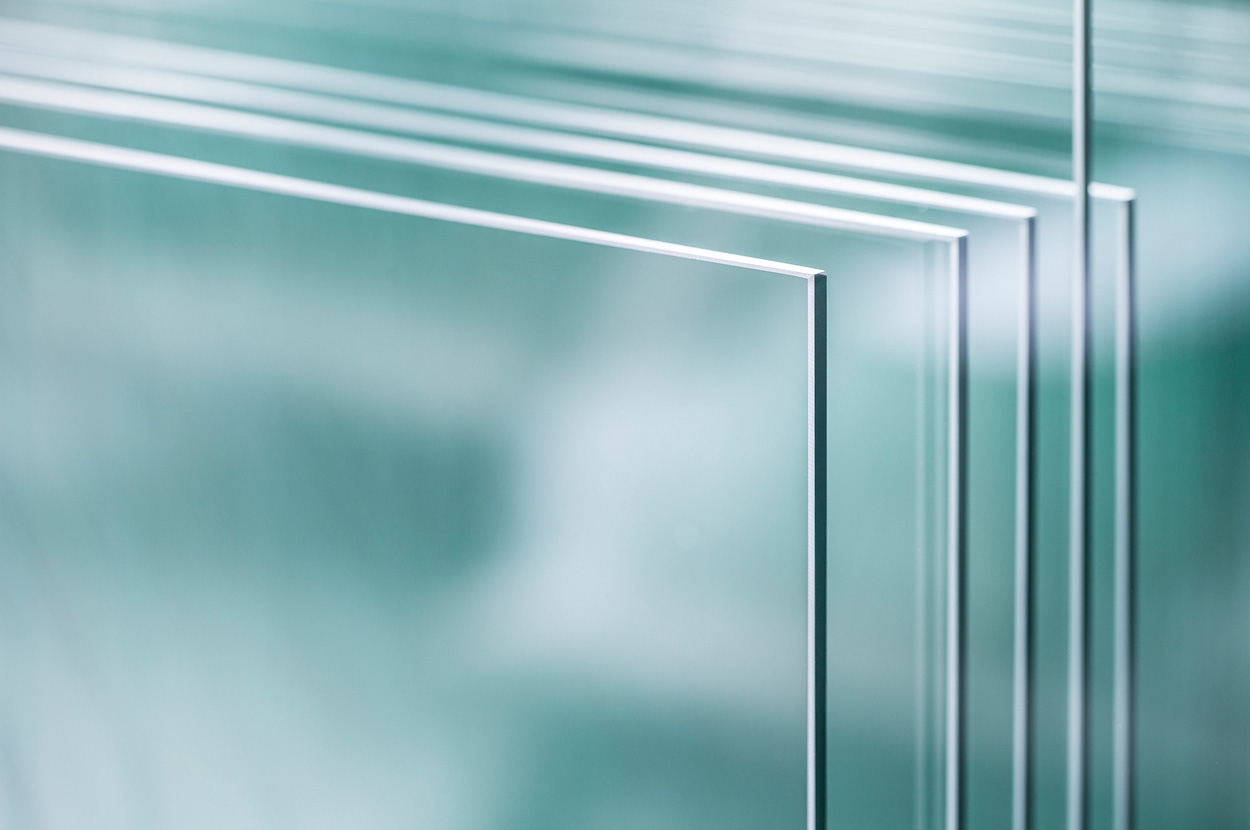

Reflective Tempered Glass An Innovative Solution for Modern Architecture
In the rapidly evolving world of architecture and design, the materials used play a crucial role in defining the aesthetic and functional attributes of a structure. One such material that has garnered significant attention is reflective tempered glass. This remarkable product not only enhances the visual appeal of buildings but also offers practical benefits that make it a preferred choice for architects and developers alike.
Reflective tempered glass is produced through a rigorous process of heating and cooling, which increases its strength and durability. This process involves heating the glass to a temperature of around 620 degrees Celsius and then cooling it rapidly. The result is a product that is significantly tougher than standard glass, with a resistance to thermal stress, impact, and breakage. This durability makes reflective tempered glass ideal for commercial buildings, high-rise structures, and areas that experience extreme weather conditions.
One of the defining characteristics of reflective tempered glass is its ability to reflect light while maintaining transparency. The reflective coating applied to the glass surface serves several purposes. It reduces glare and heat gain, thereby contributing to energy efficiency within the building. By controlling the amount of sunlight that enters a space, this type of glass helps to reduce reliance on artificial lighting and air conditioning systems, making buildings more sustainable and eco-friendly.
Moreover, the aesthetic aspect of reflective tempered glass cannot be overlooked. The sleek, modern appearance it provides can dramatically enhance the exterior of any structure. When applied to windows and facades, it gives buildings a contemporary look while allowing for a degree of privacy. The mirror-like finish reflects the surroundings, helping buildings blend harmoniously with their environment. This is particularly beneficial in urban settings where buildings must coexist with one another.

In addition to aesthetic and energy efficiency benefits, reflective tempered glass offers enhanced safety features. Its strength reduces the risk of shattering and injury, providing added peace of mind for building occupants. In the event of a breakage, the tempered glass shatters into small, blunt pieces rather than sharp shards, minimizing the risk of injury. This safety feature is critical for skyscrapers and public spaces where large glass windows are often a design element.
The versatility of reflective tempered glass extends beyond just commercial applications. It is increasingly being used in residential design as well. Homeowners are opting for reflective tempered glass windows and doors to create a modern facade while enjoying the benefits of energy efficiency and safety. Furthermore, the ability of reflective glass to reduce solar heat gain is particularly appealing in regions with hot climates, helping to maintain comfortable indoor temperatures throughout the year.
Sustainability is a key consideration in modern architecture, and the use of reflective tempered glass aligns with these principles. Many manufacturers are now producing this glass with eco-friendly processes and materials, ensuring that the production itself is less harmful to the environment. Additionally, the energy savings generated by using reflective tempered glass can significantly reduce a building’s carbon footprint over time.
In conclusion, reflective tempered glass represents a perfect intersection of form and function in modern architecture. Its strength, aesthetic appeal, energy efficiency, and safety features make it an ideal choice for a wide range of applications. As architects and designers continue to seek innovative solutions for building design, reflective tempered glass stands out as a material that meets the demands of today’s architectural landscape while paving the way for a more sustainable future. As we move forward, it is likely that reflective tempered glass will remain a staple in building design, reflecting not just the environment around it, but also the values of a more conscious approach to architecture and construction.